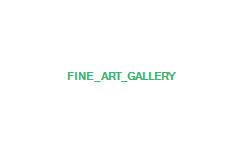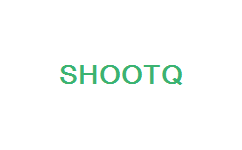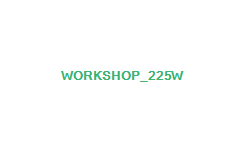A Shot in the Dark

One of the most challenging aspects about shooting in dark settings is focusing. Even with modern autofocus systems, it can be tough to see to focus in a dimly-lit ballroom. Here are a few tips:
We switch between "AI Servo" (a.k.a. "Continuous") and "One Shot" (a.k.a. "Single Shot"). By default, I use "One Shot" because the focus will lock and confirm with a green circle in the viewfinder, and the flash will emit a red AF focus assist beam when it needs additional light.
"AI Servo" is best on the dance floor, or other times when the subject is moving and you need the focus to track the subject's movement.
Remember depth of field is your friend. Depth of field provides margin for error when working in dark situations. Three factors control depth of field: focal length, distance to subject and aperture. Depth of field is greater when:
1) The subject is farther away.
2) The aperture is stopped down.
3) The lens focal length is shorter.
On the other hand, depth of field is shallower when:
1) The subject is closer to the camera.
2) The aperture is opened up.
3) The lens focal length is greater.
Thus, if you shoot with a wider angle lens on the dance floor, (I wouldn't go wider than a 24mm lens on a Mark II — distortion reasons) and stay a few feet from the subject, you'll get a lot more sharp pictures.
Another factor is your choice of camera body. We shoot with Canon EOS ID Mark IIs, EOS 5Ds and EOS 20Ds. Each of these bodies has a different lens multiplication factor, which is determined by the size of the digital sensor. The EOS 5D "full frame" sensor has no multiplication factor, whereas the EOS ID Mark II has a 1.3 multiplication factor and the EOS 20D has a 1.6 multiplication factor.
The greater the camera's multiplication factor, the greater the effective depth of field. Depth of field is tied to focal length, and a wider angle lens has more depth of field. A 28mm lens has approximately the same field-of-view on an EOS 20D as a 50mm lens has on an EOS 5D (28mm times 1.6 = 45mm). Because the 28mm lens on the EOS 20D has more depth of field than the 50mm lens on the EOS 5D, the EOS 20D effectively has greater depth of field. We shoot mostly with EOS 1D Mark IIs, which focus much better than EOS 5Ds or EOS 20Ds in low light.
Finally, I find back button focusing to be very useful. I don't like having my focus and shutter release controlled by the same button. Because the focus is activated by the back button, I can stop the camera from focusing if it can't get an autofocus lock, override and manually focus, and still release the shutter.




1 Comments:
What great tips! As a videographer I had the opportunity to work with these fantastic folks first hand at wedding a few months back. Filming weddings you see alot of different styles of photography,like the photojournalistic style without creative lighting, then there is the the traditional perfectly lit portraits that all take place at the front of the church. From what I saw LaCour's style is a totally unobtrusive photojournalistic style, and yet they also create beautiful lighting, bouncing light off walls and using remote strobes to bring up the ambient light. This creates photos with life and without dear in headlights look that is so common with on camera flash photography. Their photographers are masters at blending in the crowd to capture the natural emotion of the day. When so many people have preconceived ideas that wedding photographers and videographers are mean and obtrusive,it is nice to see wedding photographers that give our profession a good name. After finally taking a look at your site I am blown away by the lighting in your images. Just recently I was approached by a few local wedding photographers who want me to help them out. So I will make it a point to frequent your blog to get these great tips. I hope you guys have continued success.
Sincerely, Jonathan Bryant
Athens Video
Post a Comment
<< Home